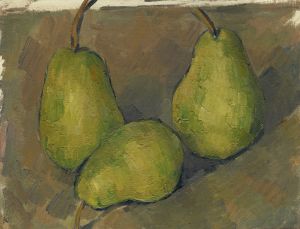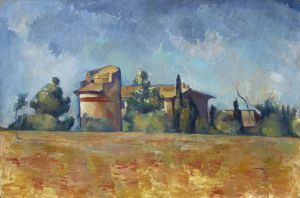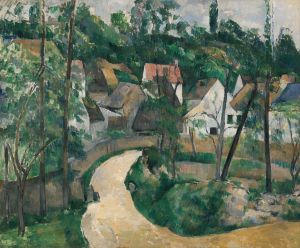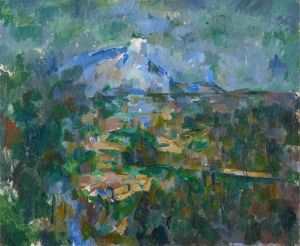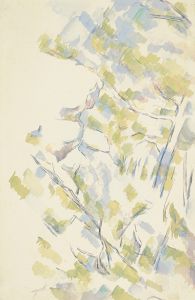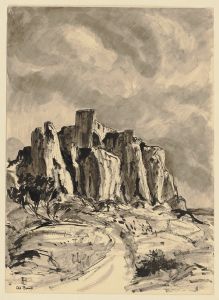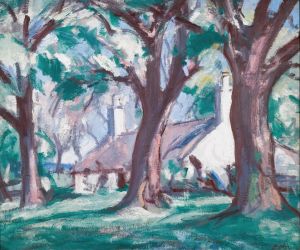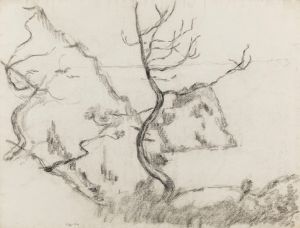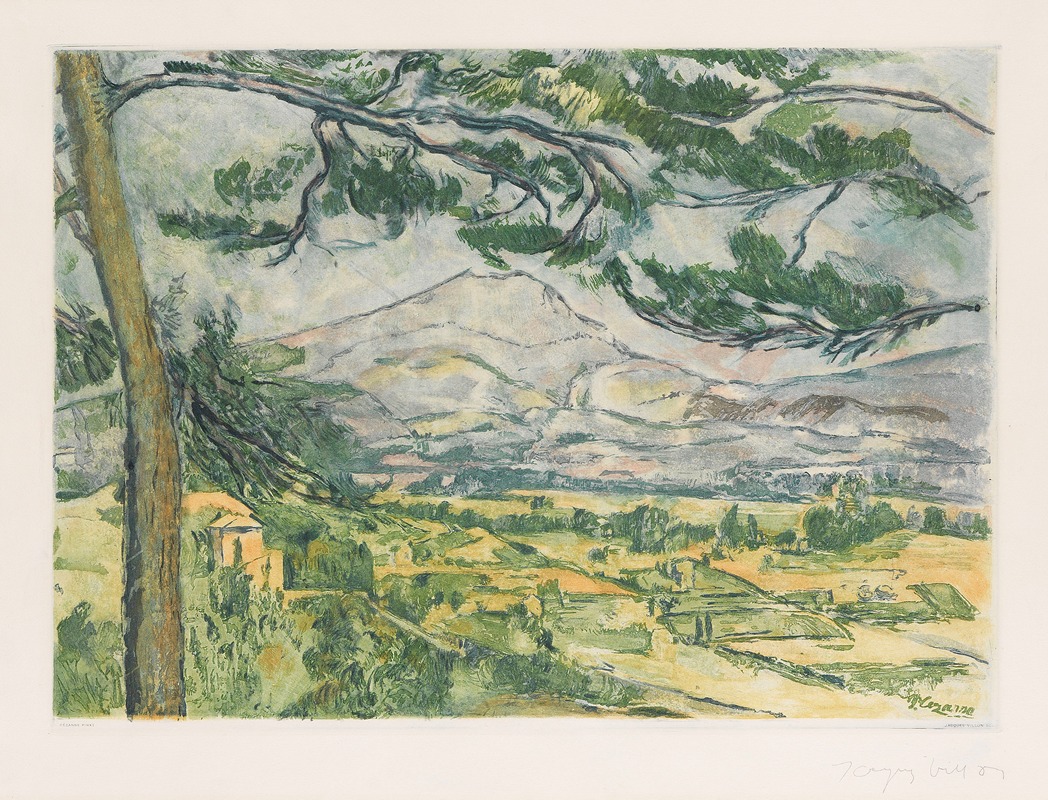
La Montagne Sainte-Victoire
A hand-painted replica of Paul Cézanne’s masterpiece La Montagne Sainte-Victoire, meticulously crafted by professional artists to capture the true essence of the original. Each piece is created with museum-quality canvas and rare mineral pigments, carefully painted by experienced artists with delicate brushstrokes and rich, layered colors to perfectly recreate the texture of the original artwork. Unlike machine-printed reproductions, this hand-painted version brings the painting to life, infused with the artist’s emotions and skill in every stroke. Whether for personal collection or home decoration, it instantly elevates the artistic atmosphere of any space.
Paul Cézanne's "La Montagne Sainte-Victoire" is a series of oil paintings that the French artist created between the late 19th and early 20th centuries. The series is renowned for its innovative approach to landscape painting and is considered a pivotal contribution to the development of modern art. Cézanne's depictions of Montagne Sainte-Victoire, a mountain in the Provence region of southern France, reflect his deep connection to the landscape and his evolving artistic style.
Cézanne was born in Aix-en-Provence, and the Montagne Sainte-Victoire was a prominent feature of the landscape he grew up with. The mountain became a recurring subject in his work, and he painted it numerous times from different angles and perspectives. This series of paintings is notable for its exploration of form, color, and composition, which marked a departure from traditional landscape painting.
Cézanne's approach to painting Montagne Sainte-Victoire was characterized by his use of geometric shapes and a focus on the underlying structure of the landscape. He often employed a technique known as "constructive brushstroke," where he used small, repetitive brushstrokes to build up the forms in his paintings. This method allowed him to convey the solidity and permanence of the mountain while also capturing the changing effects of light and atmosphere.
The series is also significant for its use of color. Cézanne experimented with a palette that included a range of blues, greens, and earth tones to depict the mountain and its surroundings. His use of color was not merely representational but also expressive, as he sought to convey the emotional impact of the landscape. This approach to color and form had a profound influence on later artists, including the Fauves and the Cubists, who admired Cézanne's ability to capture the essence of a subject through abstraction.
Cézanne's paintings of Montagne Sainte-Victoire are also notable for their compositional structure. He often used a high horizon line and a flattened perspective, which emphasized the two-dimensionality of the canvas. This compositional choice challenged the traditional conventions of landscape painting and contributed to the development of modernist aesthetics.
The series includes several notable works, such as "Mont Sainte-Victoire seen from Bellevue" (1895) and "Mont Sainte-Victoire with Large Pine" (1887). Each painting offers a unique interpretation of the mountain, reflecting Cézanne's evolving artistic vision. The variations in perspective, color, and composition across the series demonstrate his commitment to exploring the complexities of visual perception and representation.
Cézanne's "La Montagne Sainte-Victoire" series is celebrated for its innovative approach to landscape painting and its influence on the trajectory of modern art. The paintings are housed in various museums and private collections around the world, including the Musée d'Orsay in Paris and the Metropolitan Museum of Art in New York. Cézanne's work continues to be studied and admired for its groundbreaking contributions to the art world, and the Montagne Sainte-Victoire series remains a testament to his enduring legacy as a master of modern painting.





